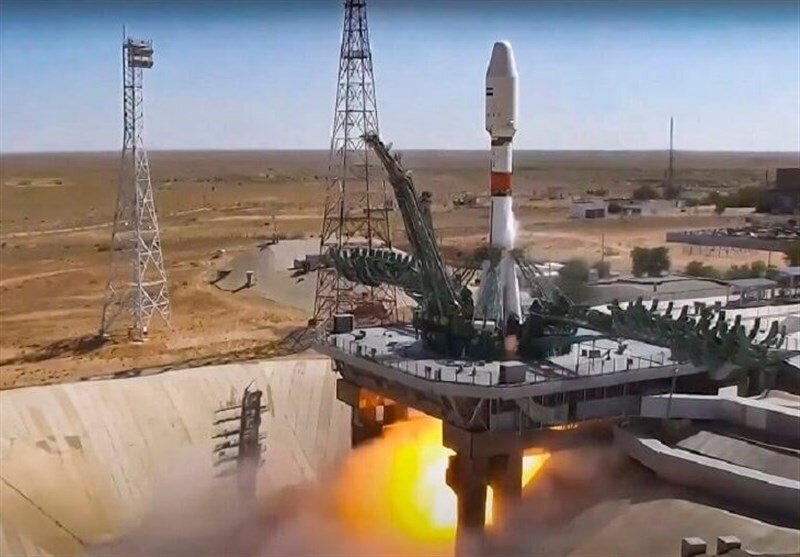Iran’s technology milestones

TEHRAN – In what appeared to be a technology watershed moment, Iran put into orbit a new satellite that is expected to elevate the country’s aerospace capabilities.
Tuesday was not a regular day in Iran; it marked a turning point in Iran’s aerospace industry. The domestically-built Iranian satellite, Khayyam, was put into orbit by a Russian Soyuz rocket from the Baikonur space station in Kazakhstan.
The remote-sensing satellite, named after Persian polymath Omar Khayyam (1048 – 1131), provides earth observation datasets with a resolution of approximately one meter, according to the Iranian Space Agency. Data produced by the satellite will be used for peaceful purposes, including agricultural land monitoring, water resources management, natural disaster management, mining exploration, natural resources and borders monitoring and last but not the least territorial planning.
According to the Agency, the control and operation of Khayyam, which was developed in joint cooperation with the Russian Federation, will be carried out by Iranian experts based in ground stations related to the Ministry of Communications and Information Technology (ICT) and in the territory of the Islamic Republic of Iran.
The satellite was built while Iran is still under U.S. sanctions. Three countries were involved in the process of putting Khayyam into orbit in obvious defiance of U.S. sanctions. That partly explains why Iranian officials hailed the satellite as a remarkable achievement. Iranian President Ayatollah Seyed Ebrahim Raisi described the successful placement of the Khayyam satellite in orbit, message reception, control and data management by Iranian experts as honorable and authoritative.
The president also vowed to reverse the backwardness in Iran’s aerospace program, saying that his administration “intends to make up for the backwardness in this field and in the future we will witness the unveiling of new achievements in this field, which will make a great contribution to the environment, mineral exploration, natural hazard management and border monitoring.”
The breakthrough Iran made with Khayyam came amid Western propaganda against Iran’s drone capabilities. Iran has reached new milestones in building state-of-the-art drones and satellites, a move that raised alarm bells in the West and some regional capitals.
In mid-July, American media leveled accusations against Iran and claimed that it was supplying Russia with drones. “We have information that the Iranian government is preparing to provide Russia with several hundred UAVs, including weapons-capable UAVs,” U.S. National Security Adviser Jake Sullivan told CNN at the time.
Citing U.S. officials, CNN also said that Iran began showcasing the Shahed-191 and Shahed-129 drones, also known as UAVs or unmanned aerial vehicles, to Russia at Kashan Airfield south of Tehran in June.
“We assess an official Russian delegation recently received a showcase of Iranian attack-capable UAVs,” Sullivan added.
On Wednesday, CNN went so far as to say that Russian experts have begun training on drones in Iran over the last several weeks.
“During the last several weeks, Russian officials conducted training in Iran as part of the agreement for UAV transfers from Iran to Russia,” a U.S. official told CNN.
The Western propaganda came at a time when Iran has already said that it does not support the war in Ukraine and is of the opinion that the war should come to an end through dialogue. This propaganda could be aimed at undermining Iran’s technological advances. But Iran has made it clear that it will not stop the development of its technology under any circumstances, and Khayyam is the latest piece of evidence in this regard.
Leave a Comment